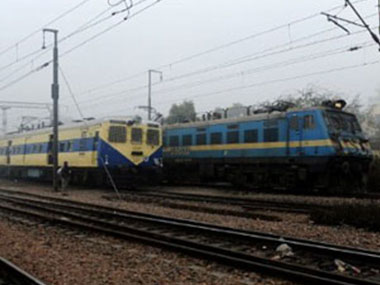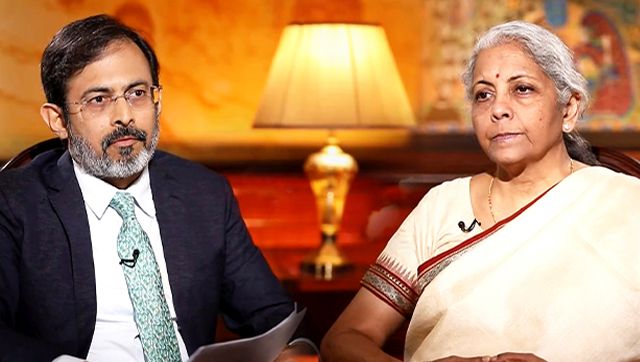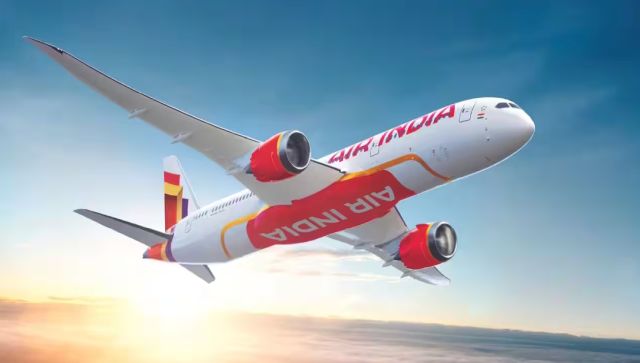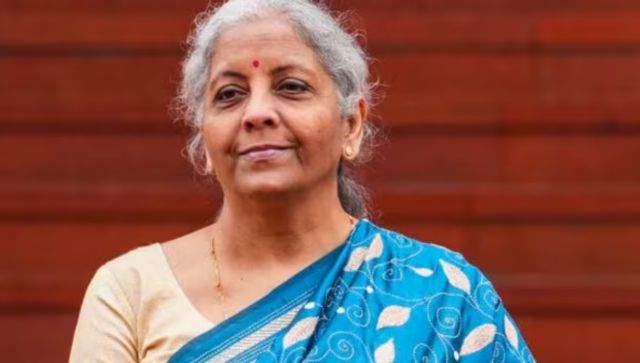New Delhi: Populism has been bleeding the Indian Railways dry. Inability to increase passenger fares by any significant amount has been its bane and the Railways continues to use freight earnings to cross-subsidise passengers. Now, when both passenger and freight traffic are falling, the Railways needs to choose between populism and pragmatism. Improving freight earnings and hiking passenger fares should be on its plate now. Now, more than ever, a separate budget for the Railways has been abolished. Why is there any need for continued populism now?
Anyway, it is now critical for the Railways to set its house in order since it has been relieved of the obligation to pay dividend to the government from FY18 (due to the merger of the Railway Budget with the Union Budget). The Opposition has anyway been pointing fingers at the government on its decision to merge the two Budgets.
To neutralise charges by the Opposition, if for no other purpose, the Railways needs to junk populism. Anyway, why use this money to continue cross-subsidising passengers instead of using it to create assets? The very purpose of being free of dividend liabilities would be defeated if this money is used to meet the shortfall in traffic earnings. Post the merger of the Railway Budget with the Union Budget, the Railways is exempted from paying dividends of about Rs 9,000 crore each year.
This need to eliminate cross subsidisation has been highlighted by a Parliamentary Standing Committee on Railways, chaired by TMC’s Sudip Bandopadhyay, which tabled its report earlier this month. The committee has pointed towards a possible glaring shortfall in passenger earnings in 2016-17, saying that almost a third of the earnings the Railways had projected in the Budget Estimates for 2016-17 had not been earned till January. This, after the passenger earnings target was anyway revised down to Rs 48,000 crore from Rs 51,012 crore estimated earlier. The actual earnings till January was only Rs 34,535.72 crore. The committee has said that the Railways will likely miss the lower, revised passenger earning target too, which means the element of cross subsidisation with freight earnings will remain strong this fiscal as well.
The panel has sought constitution of an independent body to fix passenger and freight charges keeping the costs in mind. “The committee advises the Railway Ministry to constitute an independent authority/body for fixation of passenger fare and freight charges depending on cost involved so that it brings both rationality and flexibility in pricing considering the financial health of Railways and the current market scenario,” the standing committee said.
It is no surprise that the latest audit of the Railways by the Comptroller and Auditor General (C&AG) for FY16 has also made similar remarks on stopping this long-held practice of using freight earnings to subsidise passenger fares.
“Ministry of Railways needs to revisit the passenger and other coaching tariffs so as to recover the cost of operations in phased manner and reduce losses in core activities. Operational losses on running suburban train services and on account of facility of free/concessional/complimentary passed to various classes of passengers need to be curtailed,” the CAG has said in one of its recommendations. The CAG report was tabled in Parliament last week. It found that the Railways earned a profit of Rs 38,312.59 crore from freight services in FY16 and used 88.28 percent of the profit from freight traffic to underwrite the loss on passenger services and addition of coaches.
Meanwhile, the Parliamentary Standing committee has noted that for 2016-17 there will be a Rs 3,000 crore shortfall in passenger revenues and Rs 9,000 crore in freight earnings. Here’s the extent of cross subsidisation: The cost of transporting freight is only 99 paise per 10 km but the charges the Railways levies are Rs 1.60 per 10 km. But on the passenger side, charges are a mere 50 percent of the cost of service – 36 paise per 10 km against the actual cost of 70 paise per 10 km.
“The ministry has submitted before the committee that this trend of cross-subsidising the revenues from goods to passenger traffic is not good for economy as it would lead to increase in logistic of goods which is already one of the highest in India at around 13 percent of cost of goods. The committee is in agreement with the view of the ministry that providing cross-subsidy is neither good for the health of economy nor is it sustainable for the Railways and much of its business shifts to other modes of transport.” Lesson? The bitter pill of a hike in passenger fares will have to be swallowed sooner rather than later.
That all is not well with the current business model of the Railways is evident from another statistic: The committee also found that net revenue target for 2017-18 has been fixed at Rs 8,948.37 crore. In the current fiscal, it has already been revised downwards to Rs 7,695 crore in revised estimates from Rs 18,210.64 crore in budget estimates, a roll back of Rs 10,515.6 crore.
“The committee notes that such a huge reduction in net revenue to the extent of more than 50 percent has never occurred except for the year 2016-17. The committee strongly feels that there is an urgent need to arrest the declining net revenue. The committee agrees with the ministry that the focus on increasing the share of non-fare revenue resources, strict austerity measures to control expenditure, improved man-power planning, better asset utilisation, inventory management and optimizing fuel consumption are some of the measures to bring the Railways’ finances in right shape.”


)




)
)
)
)
)
)
)
)